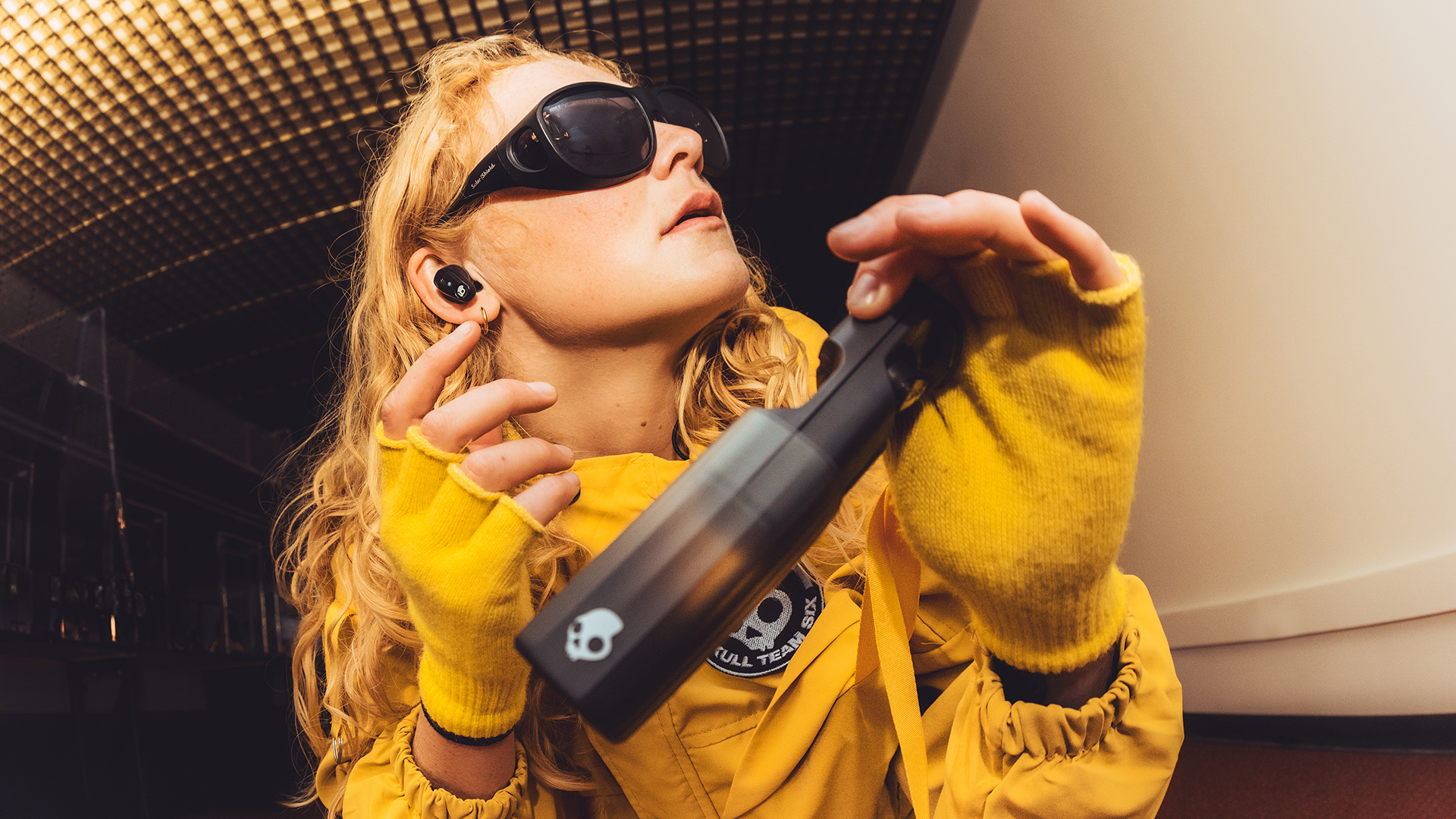

The best OLED TVs are among the very best TVs you can buy. That's because unlike other TVs, they aren't backlit: each individual pixel provides its own illumination, and turns itself off when not required. And it's that off-state that matters, because it means black really is black: there's no faint greyness from a backlight to slightly spoil your viewing pleasure. There's no better way to watch HDR.
The downside is that not all OLED TVs are created equal. Sometimes there are even crucial differences between different sized models in the same range. Here's what you need to know before buying yours.
1. Brightness really matters
Brightness, measured in nits, is crucial when it comes to HDR. OLEDs aren't as bright as some rival display technologies and that means it's really important to look carefully at the specifications. The brighter the room you watch TV in, the more important brightness becomes: while any OLED will be fine in a dark room, some really struggle in more brightly lit environments – so for example if you like to have friends round to watch the football some sets are less impressive than others.
Make sure you look at the specific size you're considering. For example, LG's brilliant LG C2 OLED TV is impressively bright for an OLED on the models 55 inches and upwards, but the smallest two – the 42-inch and the 48-inch – don't have the same panels and don't reach the same brightness levels.
2. Don't skimp on sound
It's easy to get dazzled by the display specifications, the number of HDMI ports and the impressively named picture processor, and that means one question is easy to forget: how does it actually sound? This is relevant to LED and QLED TVs too: you'll often find that manufacturers prioritise the visual stuff and then skimp on the sound. Even when they don't, there's a limit to how much speaker you can put into a super-slim TV. Googling the model name and "sound quality" will help you identify which ones do best with the space available to them, but if you don't already have one of the best soundbars or best AV receivers I'd strongly advise budgeting for one. Even the best TVs can't match the sheer punch of a good Dolby Atmos system.
3. Mini-LED comes really, really close
I was absolutely certain that my next TV would be an OLED, but I ended up buying a mini-LED one instead. It's not quite up there with the black levels of an OLED, but it's really, really close: mini-LEDs are packed much more tightly and can be controlled with much more precision than standard LEDs. They're also considerably brighter: if I turn my Samsung up too high at night-time my neighbours think it's morning and get up for work. There's a much smaller choice of mini-LED out there so finding a good deal can be tricky, but it's worth considering if you're looking for good HDR performance that's also very bright.
4. Look at where the cables connect
This sounds odd, I know, but I'm browsing the r/OLED subreddit just now and one recent OLED TV purchaser is really unhappy with the placement of the optical, Ethernet and one of the HDMI ports: they face out from the back of the TV rather than sideways, and that makes them problematic for wall mounting. This is another example of something you tend not to think about when you're reading the spec sheets: of course the sockets are all going to be sensibly placed! But sometimes they're not.
Sign up to the T3 newsletter for smarter living straight to your inbox
Get all the latest news, reviews, deals and buying guides on gorgeous tech, home and active products from the T3 experts
5. Make sure the promised features are actually there
Just because a TV is capable of doing something doesn't mean that feature is available. Many of Sony's 2021 TVs were launched with the promise that they'd support VRR (Variable Refresh Rate) for gaming on PS5, but neither the TVs nor the console got VRR until well into 2022. It was a similar story with UK catch-up TV apps included in the marketing but not pre-installed or available in the App Store until the very end of that year. If a particular feature matters to you, make sure it's not on the manufacturer's to-do list.
Writer, musician and broadcaster Carrie Marshall has been covering technology since 1998 and is particularly interested in how tech can help us live our best lives. Her CV is a who’s who of magazines, newspapers, websites and radio programmes ranging from T3, Techradar and MacFormat to the BBC, Sunday Post and People’s Friend. Carrie has written more than a dozen books, ghost-wrote two more and co-wrote seven more books and a Radio 2 documentary series; her memoir, Carrie Kills A Man, was shortlisted for the British Book Awards. When she’s not scribbling, Carrie is the singer in Glaswegian rock band Unquiet Mind (unquietmindmusic).

